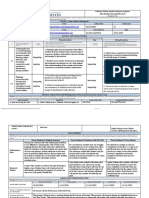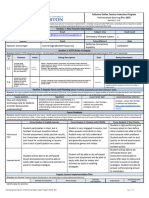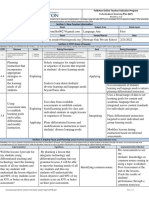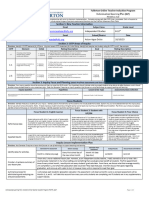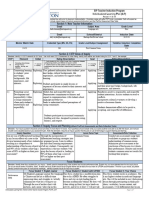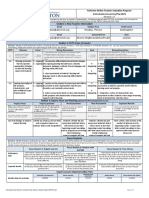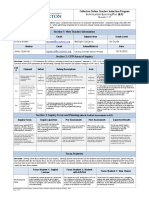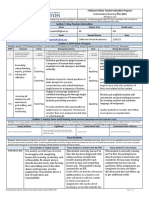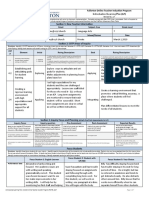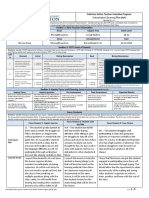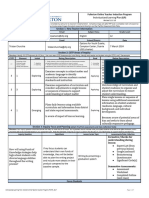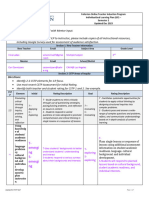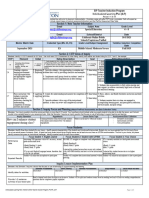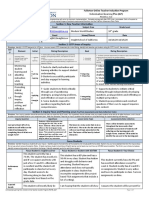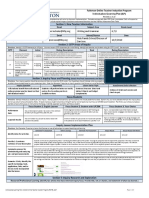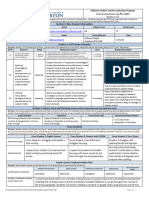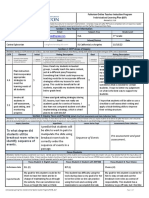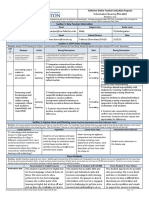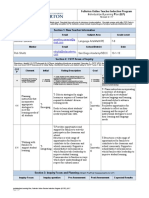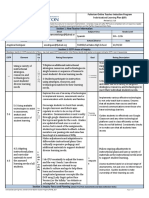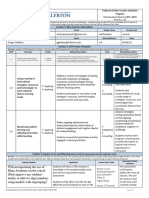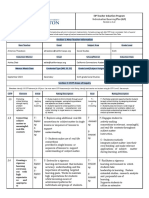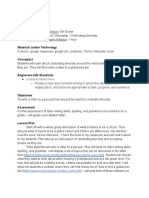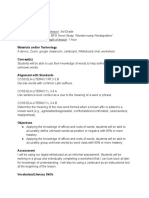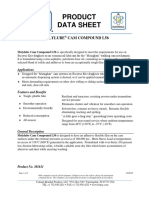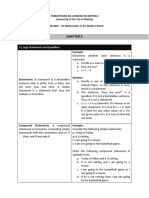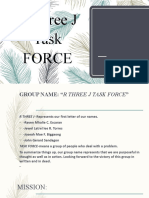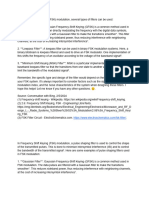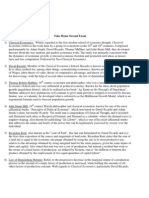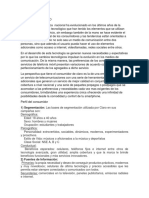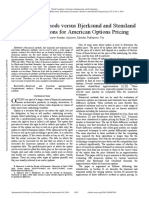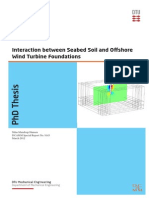0% found this document useful (0 votes)
96 views8 pagesFullerton Teacher Induction ILP Guide
This document provides an overview of an Individualized Learning Plan (ILP) for a new teacher in the Fullerton Online Teacher Induction Program. The ILP outlines an inquiry focus on using various assessment methods to understand student needs and measure comprehension. It includes selecting focus students, developing an inquiry question and hypothesis, and identifying pre-and post-assessment plans to evaluate student growth after lessons on novel study of "The BFG". The ILP details collecting both qualitative and quantitative data to analyze student performance and learning, with a goal of improving instruction.
Uploaded by
Kaitlyn AprilCopyright
© © All Rights Reserved
We take content rights seriously. If you suspect this is your content, claim it here.
Available Formats
Download as PDF, TXT or read online on Scribd
0% found this document useful (0 votes)
96 views8 pagesFullerton Teacher Induction ILP Guide
This document provides an overview of an Individualized Learning Plan (ILP) for a new teacher in the Fullerton Online Teacher Induction Program. The ILP outlines an inquiry focus on using various assessment methods to understand student needs and measure comprehension. It includes selecting focus students, developing an inquiry question and hypothesis, and identifying pre-and post-assessment plans to evaluate student growth after lessons on novel study of "The BFG". The ILP details collecting both qualitative and quantitative data to analyze student performance and learning, with a goal of improving instruction.
Uploaded by
Kaitlyn AprilCopyright
© © All Rights Reserved
We take content rights seriously. If you suspect this is your content, claim it here.
Available Formats
Download as PDF, TXT or read online on Scribd
/ 8





